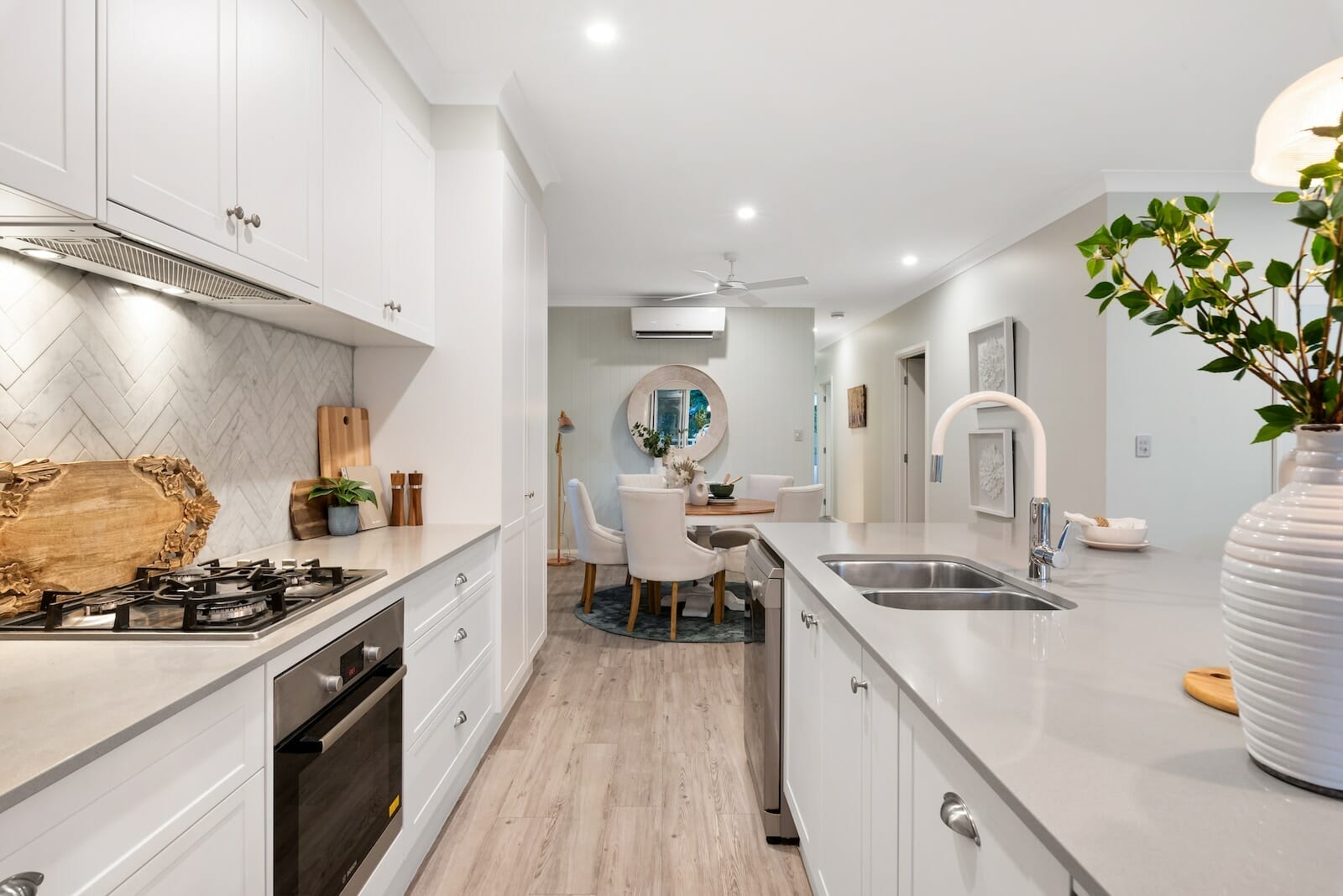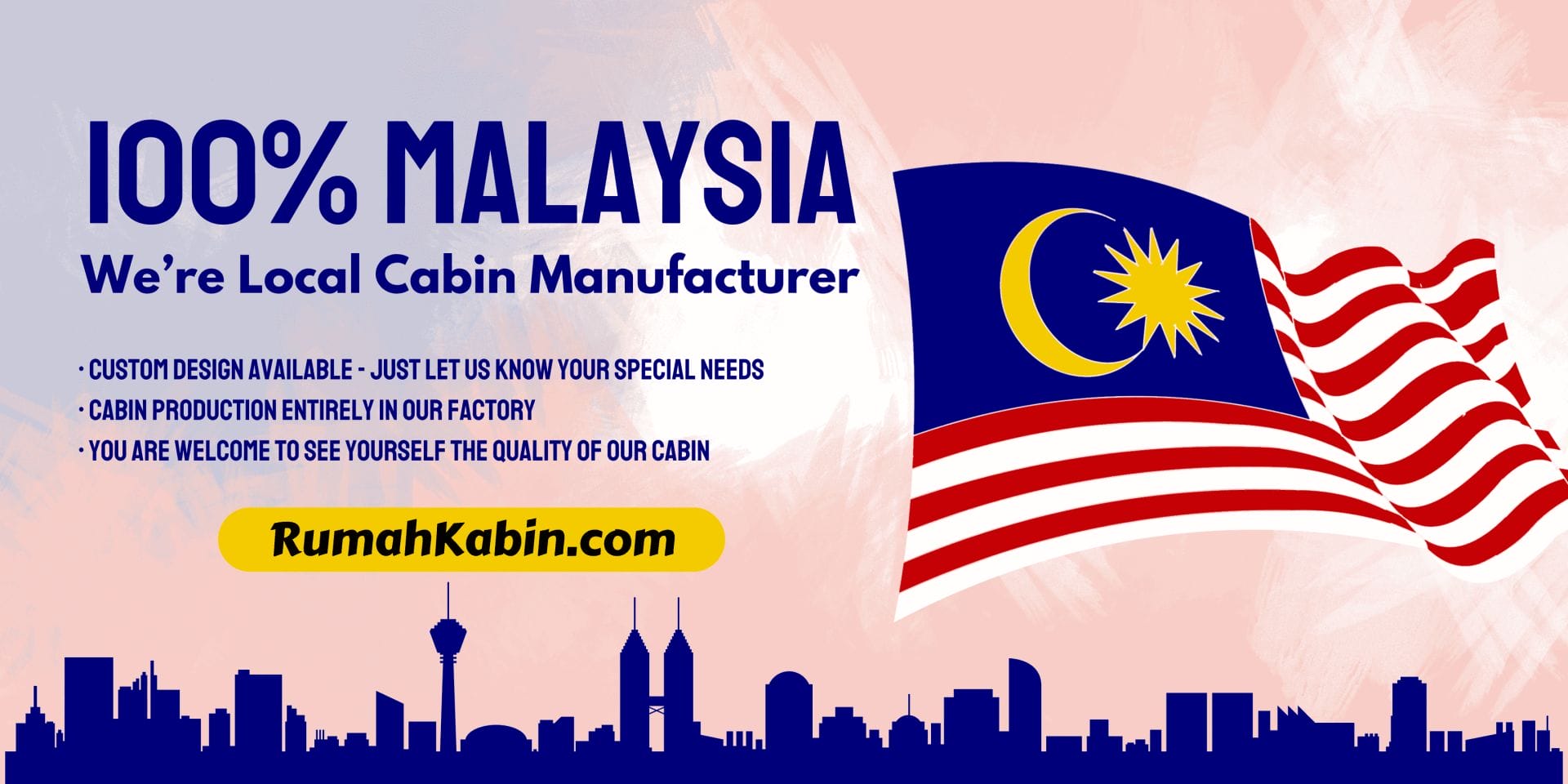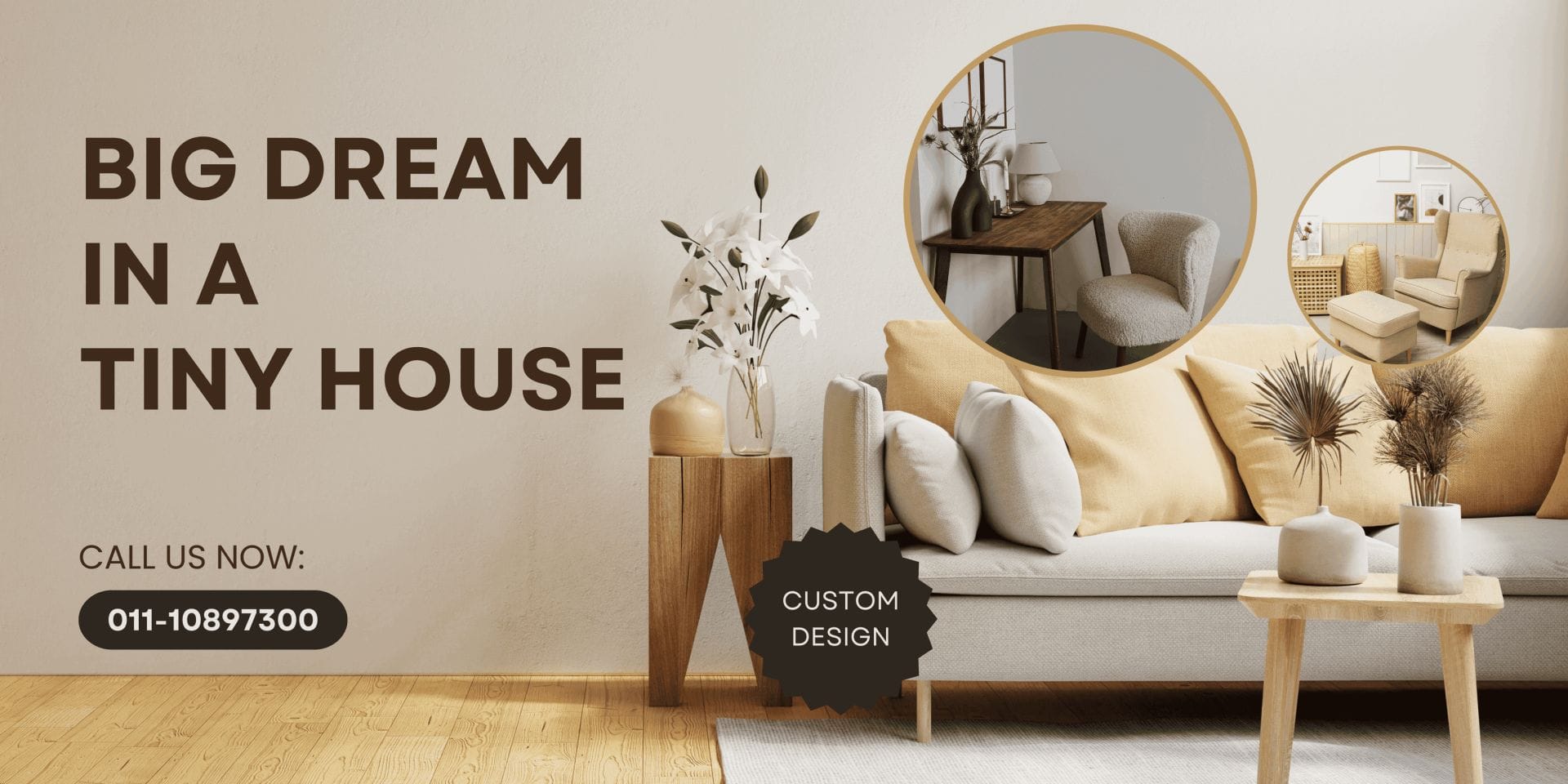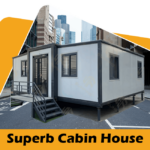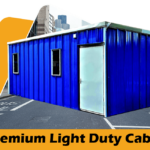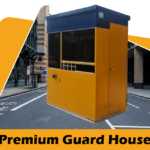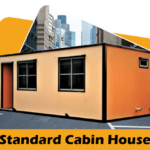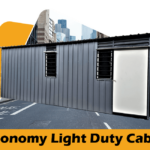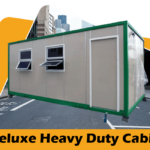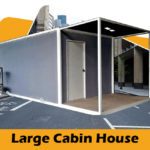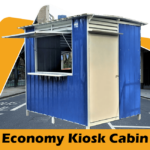- What types of wood are commonly used for cabin construction in Malaysia?
- What are the pros and cons of using concrete vs wood for cabin construction?
- How suitable are metal roofing materials for cabins in Malaysia’s climate?
- What are the best insulation materials to use for cabin walls and ceilings in Malaysia?
- Should I use glass or acrylic for cabin windows in Malaysia’s weather?
- What types of doors work best for cabin entrances in Malaysia’s humidity?
- What flooring materials hold up best to heavy foot traffic in a cabin?
- How do I choose interior wall finishes that suit the rustic cabin aesthetic?
- What types of hardware and fixtures are most durable for cabin use?
- How do I select exterior siding that will withstand Malaysia’s elements?
What types of wood are commonly used for cabin construction in Malaysia?
Wood is one of the most popular building materials for cabin construction in Malaysia due to its natural beauty, strength, and insulation properties. The most commonly used woods are:
Hardwoods
- Meranti – A tropical hardwood that is durable and resistant to termites. It is easy to work with and stains well.
- Kempas – Similar to Meranti but denser and harder. Kempas is extremely durable and weather resistant.
- Balau – A reddish-brown hardwood that is highly weather, insect, and rot resistant. Balau is strong and stable.
Softwoods
- Pine – Imported softwood that is inexpensive, widely available, and easy to work with. Pine can be prone to warping and swelling.
- Cedar – Has a pleasant aroma and is naturally rot resistant. Cedar needs to be properly sealed and maintained in Malaysia’s climate.
- Douglas Fir – Imported from North America and Europe. It offers good stability and insulation. Needs to be properly treated for termites.
Choosing the right wood depends on your budget, desired look, and exposure to moisture and pests. Meranti, Kempas, and Balau have good durability in Malaysia’s tropical climate. Cedar and Pine provide a more rustic look.
What are the pros and cons of using concrete vs wood for cabin construction?
Concrete and wood each have their advantages and disadvantages for cabin construction:
Concrete
- Pros: Extremely durable, fireproof, resistant to termites/pests. Requires little maintenance. Excellent soundproofing.
- Cons: Expensive, requires specialized tools/skills for construction. Can crack over time. Difficult to modify or expand. Has no insulation value.
Wood
- Pros: Less expensive than concrete. Easier to work with using common tools. Offers some natural insulation. Can be modified/expanded more easily. Appealing natural aesthetic.
- Cons: Susceptible to rot, mold, and pests if not properly treated and maintained. Not fireproof. Requires regular upkeep and repainting.
For cabins, wood tends to be the more popular choice as it is cheaper, warmer, and easier to work with. Wood structures can be made durable with proper foundation work, overhangs, and regular sealing/staining. Concrete is preferred for permanent residences but may be overkill for a simple cabin.
How suitable are metal roofing materials for cabins in Malaysia’s climate?
Metal roofing can be an excellent choice for cabins in Malaysia due to the hot, humid climate:
- Corrugated Metal Sheets – Galvanized steel is affordable and durable. It’s lightweight and easy to install. The corrugated shape allows rainwater runoff. Can be noisy during heavy rain.
- Standing Seam Metal Roofing – More modern look with concealed fasteners. Durable and weather-tight. Less prone to leaking and noise. More expensive.
- Aluminum – Extremely corrosion resistant and lightweight. More expensive than galvanized steel. Requires special cutting tools.
- Copper – Naturally mold and mildew resistant. Forms patina over time. Very expensive, but long lasting.
- Metal Shingles – Mimic traditional asphalt shingles. Many colors available. Can be expensive but durable.
Proper installation is key to prevent leaks. Metal roofs reflect heat and require roof vents for air circulation. Overall an excellent, low maintenance option for cabins in Malaysia’s climate.
What are the best insulation materials to use for cabin walls and ceilings in Malaysia?
Proper insulation is important for keeping cabins cool in Malaysia’s hot climate. Recommended insulation materials include:
- Fiberglass – Most common insulation. Made from glass fibers bonded with plastic. Effective insulator and inexpensive but can be irritating to work with.
- Mineral Wool – Made from natural materials like rock or slag. Slightly better insulator than fiberglass. More expensive but non-irritating.
- Cellulose – Made from recycled paper products. Good acoustic insulation. Can settle over time so needs dense packing.
- Polystyrene (EPS) – Rigid foam boards that are easy to install. Excellent insulator but flammable and can be damaged. Higher cost.
- Polyurethane Foam – Can be sprayed into cavities for seamless insulation. Expensive but highly effective. Needs professional installation.
For cabins, fiberglass batts or blown-in cellulose are cost-effective options. Use moisture-resistant materials near bathrooms or damp areas. Vapor barriers and adequate ventilation also help prevent moisture buildup.
Should I use glass or acrylic for cabin windows in Malaysia’s weather?
For cabin windows in Malaysia’s hot, humid climate, acrylic is generally a better choice than glass:
- Acrylic – Often sold under brands like Plexiglass. More impact resistant than glass and doesn’t shatter. Weighs half as much as glass. Resists condensation and fogging. Good noise insulation. Filters UV rays. Easy to clean and install. Can be scratched but buffs out easier than glass. More expensive than glass.
- Glass – More traditional material for windows. Available in double pane for increased insulation. Prone to breaking and harder to transport due to weight. Condensation can be an issue in humid climates. Lower cost than acrylic.
For cabins, acrylic is recommended due to its durability, weather resistance, and safety. Laminated acrylic panes can provide impact resistance and UV protection while maintaining transparency. For a more rustic look, small glass panes may be used but require careful sealing and ventilation to prevent condensation buildup. Larger glass panes are not recommended due to weight and potential breakage issues.
In summary, acrylic windows are better suited for cabins in Malaysia’s hot and humid climate. They require less maintenance while providing better insulation and safety compared to traditional glass.
